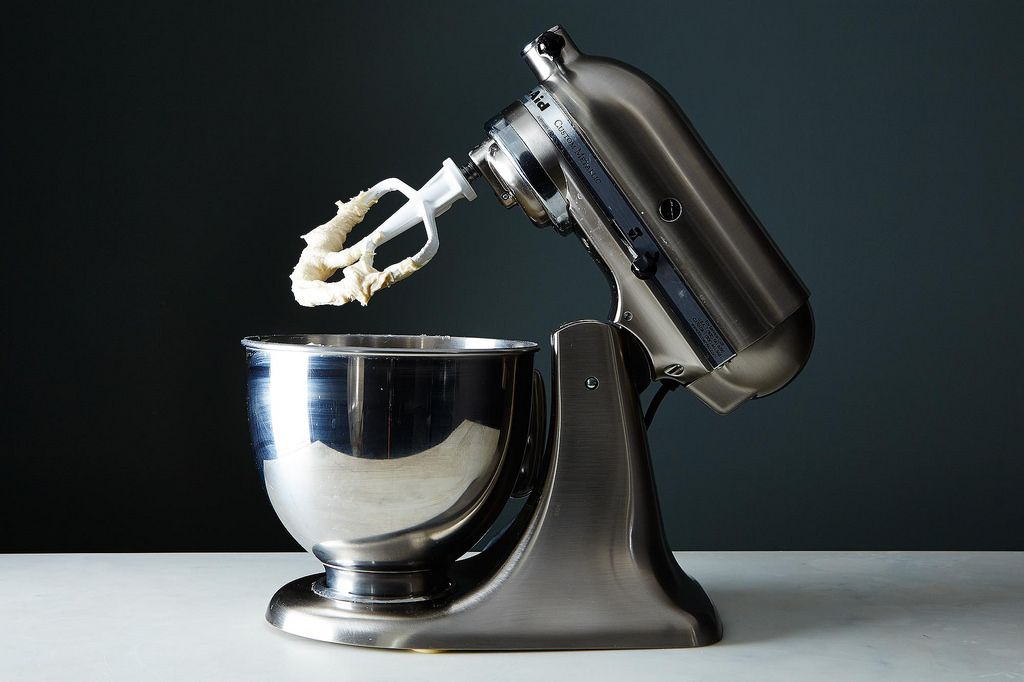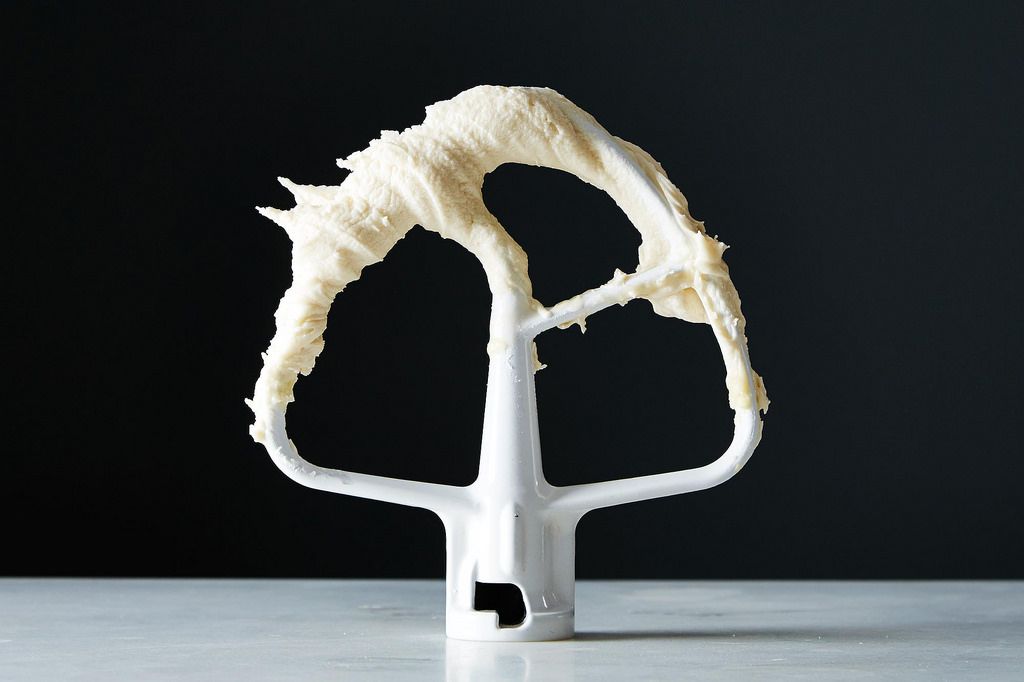how to make powdered sugar
Baking expert Alice Medrich is the person to ask about everything from skipping sugar in lemon curd to saving over-whipped cream. This time, she's sharing her best tips on powdered sugar frosting and icing, so your cakes and cookies can look and feel their very best.

If you're going to decorate a cake or cookie, odds are: Powdered sugar will come in handy. This ingredient can be the start of a thick, fluffy frosting to build layer cakes, or a thin, pourable icing to drizzle over Bundts or decorate holiday cookies. Today, we're going to cover both. But first things first:
Which type of powdered sugar to use:
Also called confectioners' sugar, powdered sugar is granulated sugar that's been processed into a superfine powder, with some starch added to prevent caking. In standard powdered sugar, this means an ultra-white color, neutral-sweet flavor, and cornstarch as the anti-caking agent. Inorganic powdered sugar, on the other hand, you get a warmer color, more caramel flavor, and tapicoa is the go-to starch (just a few reasons why Serious Eats' Stella Parks appreciates this ingredient). The two yield noticeably different frostings—so you'll just have to try both to see which you like best.
What is powdered sugar frosting?
Powdered sugar frosting—also called quick frosting, American buttercream, or even just buttercream (let's please not tell the French)—is the frosting most Americans grew up with. It's easy, super sweet, and does the job in a hurry.

Basic powdered sugar frosting ratio:
1 stick (4 ounces/113 grams) of softened butter, into which you beat 4 cups (a one-pound box) of powdered sugar, 1/4 teaspoon of salt, 4 to 6 tablespoons of milk (or other liquid, like cream), and 2 teaspoons of vanilla extract until fluffy.
How to fix frosting that is too stiff:
Resist the urge to add more liquid. Instead, warm the mixture ever-so-slightly by setting the bowl in a wide bowl or pan of hot tap water for a few seconds at a time, beating after each, until you have the desired consistency. Hint: A stainless steel bowl works best because glass heats up very slowly and then holds the heat for a long time after you remove the bowl from the water, so your frosting may continue to soften even when you don't want it to.
How to fix frosting that is too soft or even soupy:
Resist the urge to add more powdered sugar and thus even more sweetness (at least until after you try this): Put the bowl in an ice bath—this will firm up the butter—and beat to the desired consistency. You can also stick the bowl in the fridge to chill out for a bit, and then continue beating.
How to improve the flavor of powdered sugar frosting:
The starch added to most powdered sugar can make frosting taste slightly metallic. Here's how to fix that: Melt the butter and mix it with the powdered sugar, salt, and milk in a stainless steel bowl. Set the bowl in a wide skillet of barely simmering water for 5 minutes, stirring from time to time. Remove the bowl from the water, add the vanilla, and beat until cool and fluffy; set the bowl in an ice bath to cool and thicken the frosting faster.

What is powdered sugar icing?
If you've ever eaten a festively decorated cookie or three, you've crossed paths with powdered sugar icing, which also goes by powdered sugar glaze. It comes in a couple different forms: liquid-based and egg white–based (known as royal icing). More on both of these below.
Basic liquid-based powdered sugar icing ratio:
2 cups powdered sugar mixed with 2 to 3 tablespoons liquid until smooth, plus salt to taste. You can use a spoon or fork to mix. The liquid can be water, milk, cream, coffee, espresso, or juice (high-pigment ones like pomegranate or beet add color as well as flavor). You can also add extracts, like vanilla or almond, for flavor—just keep in mind these will make the icing even thinner.
Basic royal icing ratio:
1 1/2 cups powdered sugar mixed with 1 egg white (about 1 1/4 ounces) until smooth, plus salt to taste. You can use a fork or whisk to mix. Like the liquid-based variety, you can flavor royal icing with any extract. You can also dye the icing with natural food colorings, from red and orange to green and blue; more on those variations here.
Now get baking! Here are five of our favorite cake and cookie recipes to treat with your newfound knowledge:1. Louisa's Cake
2. Gingeriest Gingerbread
3. Figgy Pudding Butter Cookies
4. World Peace Cookies
5. Roll-Out Sugar Cookies
Want more Alice? Of course you do. Check out her book Flavor Flours: nearly 125 recipes— from Double Oatmeal Cookies to Buckwheat Gingerbread— made with wheat flour alternatives like rice flour, oat flour, corn flour, sorghum flour, and teff (not only because they're gluten-free, but for an extra dimension of flavor, too).
Photos by James Ransom
how to make powdered sugar
Source: https://food52.com/blog/11481-3-tips-for-better-powdered-sugar-frosting
Posted by: zimmerandreas.blogspot.com

0 Response to "how to make powdered sugar"
Post a Comment